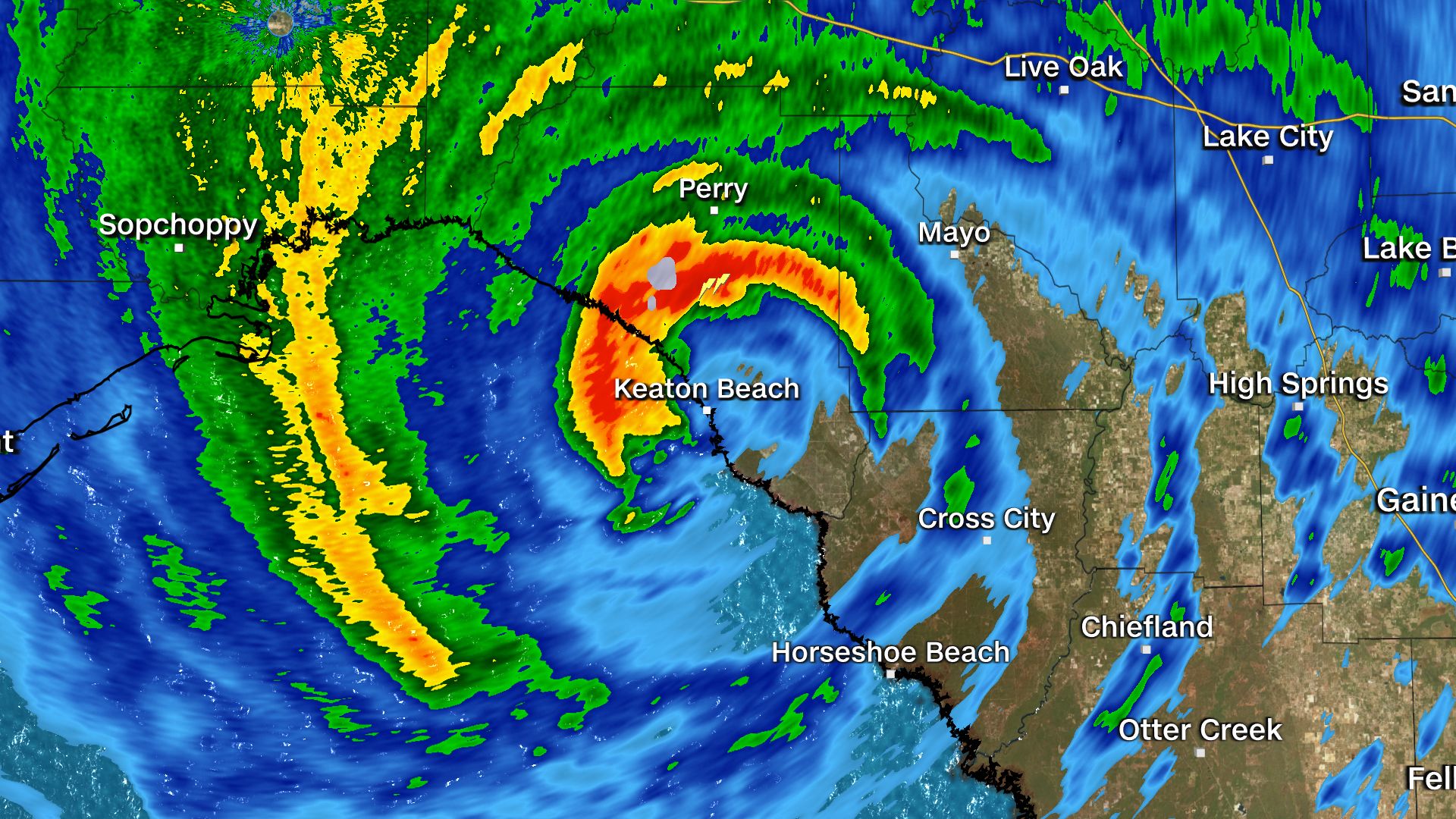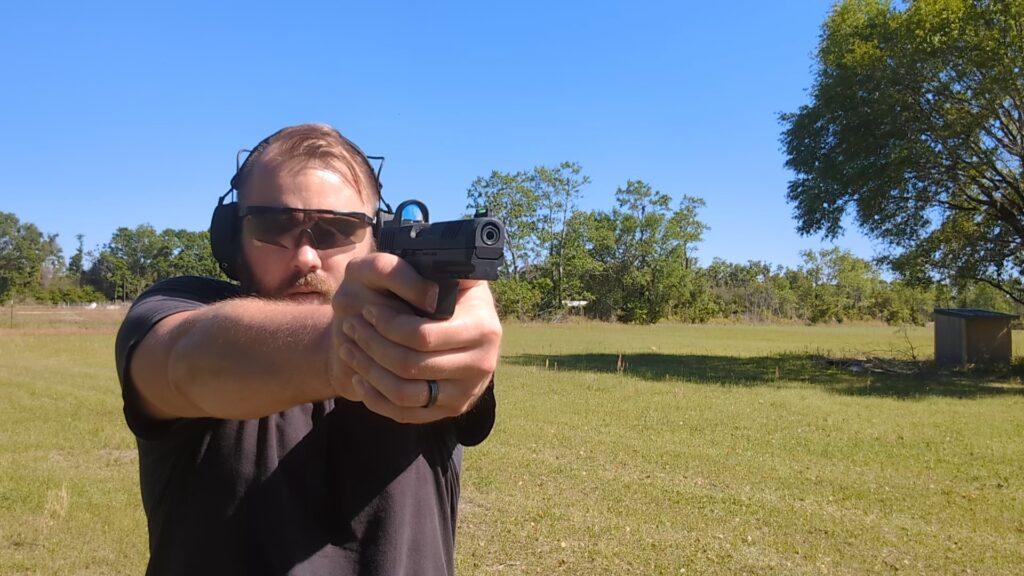This headline in Tallahassee Democrat is highly, and I do mean, highly disingenuous.
The implications are, unremarkably, that Florida’s gun policies are to blame for their ranking in mass shootings. This is nonsense. If gun policy were the maker/breaker, then its twin, Illinois, couldn’t be its twin. The current leader, California, also couldn’t be the leader, right? It couldn’t, they have “strong” gun laws, and Florida has “weak” gun laws.
Why is Florida Really in the Top Four States for Mass Shootings?
How do you explain this lack of congruence between stringent non-permissive gun policies, like in Illinois and California, compared to permissive ones, like Florida and Texas? Those are currently, as of this April 9th, the four top states for ‘mass shootings.’
Advertisement — Continue Reading Below
Strangely enough, unless you actually look at and have an understanding of statistics, they are also four of the six most populous states. The 5th state, Pennsylvania, also has a high mass shooting total for the year, with only one fewer instance than both Illinois and Florida. The outlier is actually New York, which only has two mass shootings. We’re about to hit summer, and that means that crime in the cold states is going to start criming. But this data still remains consistent.
Your “strong” gun policies don’t stop ‘mass shootings.’ Stop playing around like the prohibitions matter when we aren’t enforcing anything with any consistency. How many felons aren’t getting hit with possession charges when they warrant them? How many PPOs filed are not getting rigorously followed up upon?
Follow the Money
How long are we going to pretend these vapid differences in ‘stringent’ firearms policy are actually reducing deaths and saving lives when all the evidence points to the general stability of and affluence of the population as the strongest determinants? Why does California have the most mass shootings? Largest population and enough criminal or socio-political motivated crazies. Why is their overall firearm homicide below the national average?
Advertisement — Continue Reading Below
Lots of money.
Not laws, money. It doesn’t pay to leverage violence at the higher income brackets. This isn’t rocket surgery.
Data shows that the safest class in the US from violent crime is the upper middle class. You get a small uptick again when you get into the truly wealthy categories (household incomes above $400,000, if I recall correctly). However, that uptick is minor compared to the much greater risks associated with the lowest income brackets.
Advertisement — Continue Reading Below
When you track out all that data, it makes sense when you consider that most violence is transactional. It has a financially quantifiable motive. If you don’t need violence as leverage because you have money, you use the money. In higher income brackets, emotively motivated violence becomes the norm—it also occurs at those lower rates.
If we were to filter financially motivated violence out of the lower income brackets, I bet we would see the amount of emotively motivated violence track with the rest of the population pretty consistently.
Anyway,… end rant.
Advertisement — Continue Reading Below















